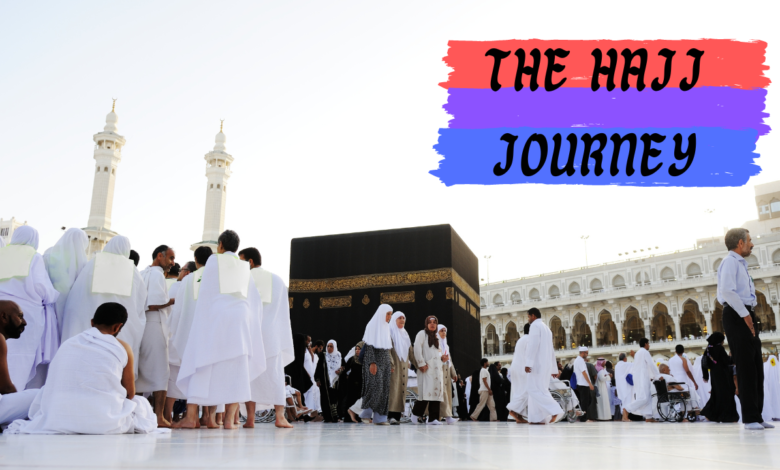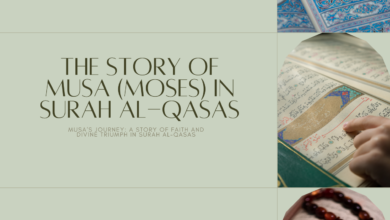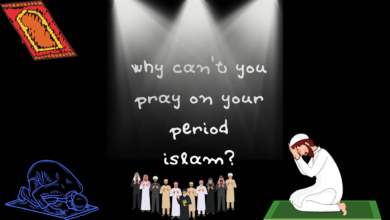The Hajj Journey

Introduction
The Hajj journey is a significant pilgrimage that holds great importance in Islam. It is one of the Five Pillars of Islam and is an obligatory religious duty for Muslims who are physically and financially able to undertake the journey. The Hajj pilgrimage takes place annually in the Islamic month of Dhu al-Hijjah, specifically from the 8th to the 12th or 13th of the month, depending on the lunar calendar.
Here is an overview of the stages of the Hajj journey:
Ihram: The pilgrimage begins with the pilgrims (known as “Hajjis”) entering a state of consecration called “Ihram.” This involves wearing special white clothing that signifies a state of purity and equality. While in Ihram, pilgrims are required to adhere to certain rules and restrictions, including refraining from cutting their hair and nails, wearing scented products, and engaging in certain activities.
Travel to Makkah (Mecca): Pilgrims travel to the holy city of Makkah (Mecca) from various parts of the world. Upon arrival, they perform the Tawaf al-Qudum (arrival circumambulation) around the Kaaba in the Masjid al-Haram.
Tawaf and Sa’i: Pilgrims perform the Tawaf, which involves circling the Kaaba seven times in a counterclockwise direction as an act of devotion and unity. Following the Tawaf, they perform Sa’i, which is the act of walking seven times back and forth between the hills of Safa and Marwah. This commemorates the actions of Hagar, the wife of the Prophet Ibrahim (Abraham), as she searched for water for her son Isma’il (Ishmael).
Arafat: The most critical day of Hajj is the day of Arafat, which falls on the 9th day of Dhu al-Hijjah. Pilgrims gather on the plain of Arafat, supplicating, praying, and seeking forgiveness from Allah. It is believed that the Prophet Muhammad delivered his farewell sermon during his last pilgrimage on this day.
Muzdalifah: After sunset on the day of Arafat, pilgrims move to Muzdalifah, where they spend the night. They collect pebbles for the next ritual.
Ramy al-Jamarat: On the 10th, 11th, and 12th days of Dhu al-Hijjah, pilgrims perform the symbolic stoning of the three pillars known as Jamarat in Mina. This ritual symbolizes the rejection of temptation and is associated with the story of Ibrahim resisting the devil’s attempts to dissuade him from following Allah’s command.
Sacrifice (Qurbani): As part of Hajj, pilgrims offer an animal sacrifice, known as Qurbani, to commemorate the willingness of Ibrahim to sacrifice his son in obedience to Allah’s command. The meat is distributed among the needy.
Tawaf al-Ifadah: After stoning the Jamarat, pilgrims return to Makkah to perform Tawaf al-Ifadah, another circumambulation of the Kaaba, which marks the completion of the main Hajj rituals.
Tawaf al-Wida: Before leaving Makkah, many pilgrims perform a farewell Tawaf called Tawaf al-Wida. This symbolizes their departure and gratitude for the completion of the pilgrimage.
Concultion
The Hajj journey is a profound spiritual experience that emphasizes humility, unity, and submission to Allah. It is a time when Muslims from all walks of life come together, irrespective of their nationality, ethnicity, or social status, to fulfill this sacred obligation and strengthen their faith.
FAQs About the Hajj Journey
What is the Hajj journey?
The Hajj journey is a religious pilgrimage undertaken by Muslims to the holy city of Mecca in Saudi Arabia. It is one of the Five Pillars of Islam and is obligatory for every able-bodied and financially capable Muslim to perform at least once in their lifetime.
When does the Hajj take place?
The Hajj pilgrimage occurs during the Islamic month of Dhu al-Hijjah, specifically from the 8th to the 12th day of the month. The exact dates vary each year according to the Islamic lunar calendar.
What is the significance of the Hajj journey?
Hajj commemorates the actions of the Prophet Ibrahim (Abraham) and his family, as well as the willingness of Ibrahim to sacrifice his son Isma’il (Ishmael) as an act of obedience to God. It symbolizes unity, humility, and equality among Muslims as they gather in Mecca to fulfill this religious duty.
Who is required to perform the Hajj?
Muslims who are physically and financially capable are obligated to perform the Hajj pilgrimage. This includes both men and women who have reached the age of maturity.
What are the rituals of the Hajj journey?
The Hajj journey consists of several rituals, including donning the ihram (ritual clothing), performing the Tawaf (circumambulation) around the Kaaba, the Sa’i (ritual walking) between the hills of Safa and Marwah, standing at the plains of Arafat, and symbolic stoning of the devil at the Jamarat.
How long does the Hajj journey last?
The Hajj journey typically lasts around five to six days, depending on the specific rituals and the flow of pilgrims. Some rituals take place on specific days, such as the Day of Arafat.






